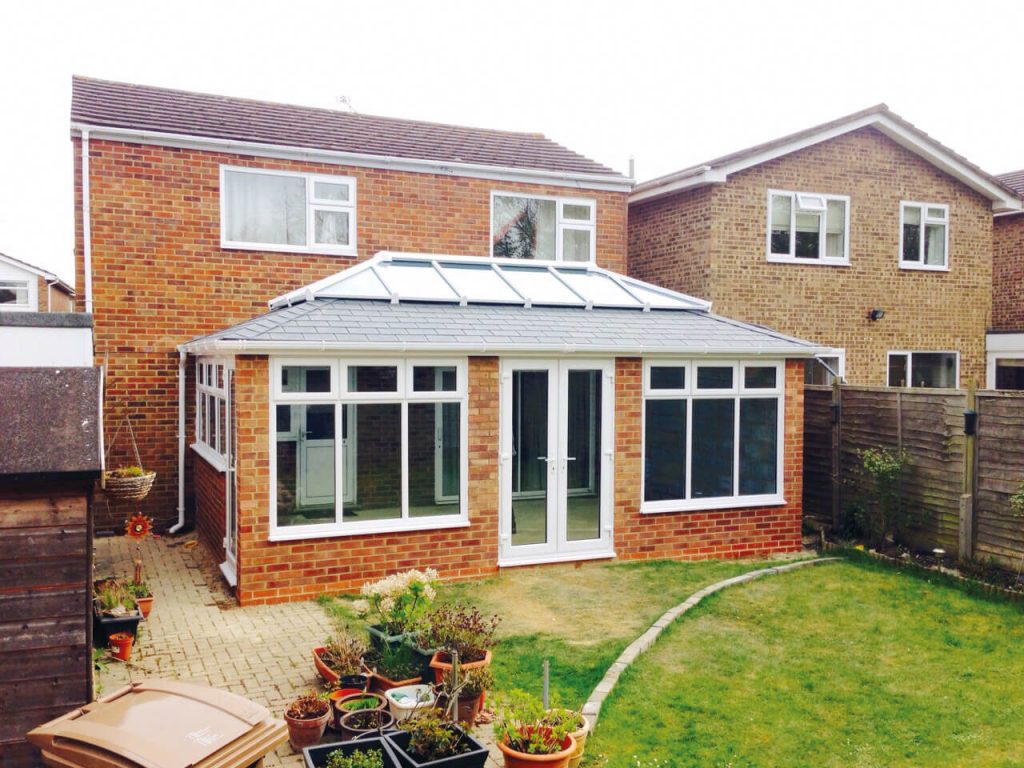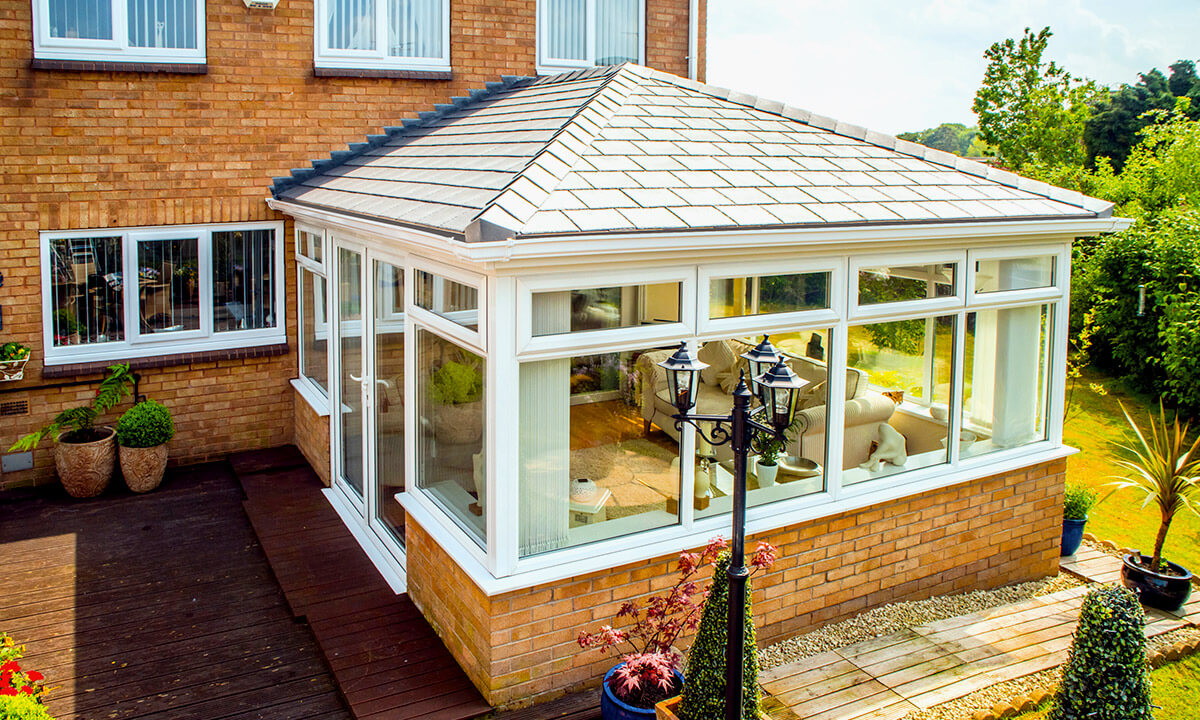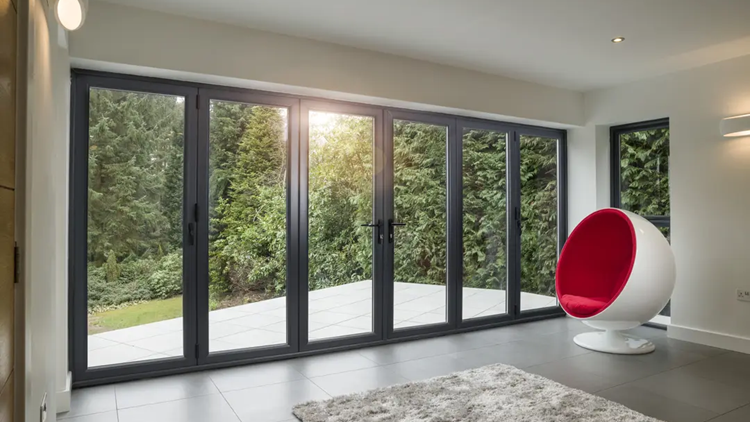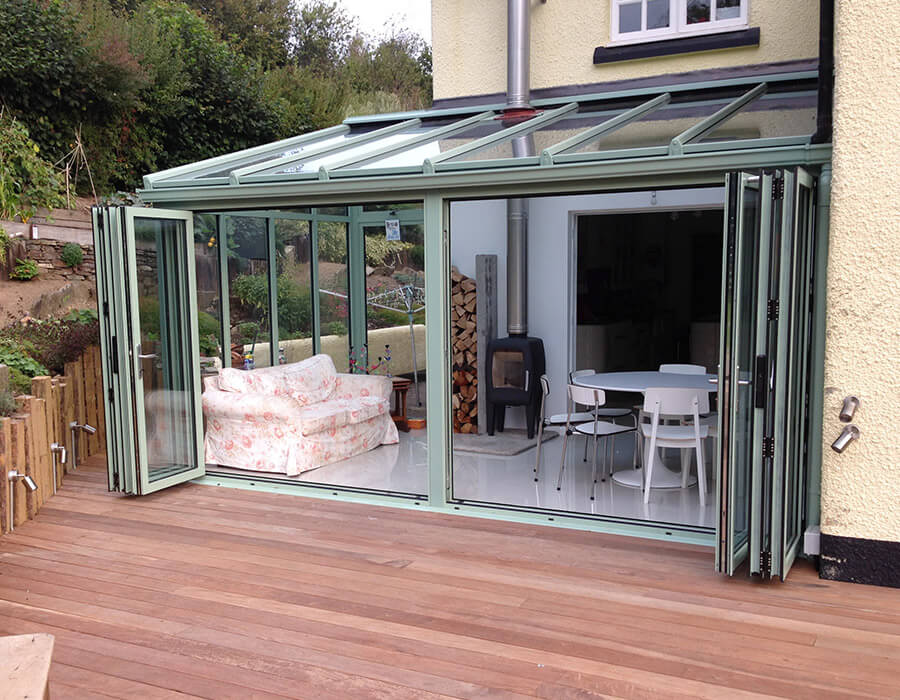When Devon homeowner Brian Jane contacted Renaissance Conservatories in 2022, he was keen to replace and extend his existing conservatory, which had become tired.
He wasn’t quite sure what he wanted; however, he was certain that he needed something that would work all-year-round. Living in the pretty coastal village of Bishopsteignton, south Devon, Mr Jane was keen to let in as much natural seaside light in as possible while retaining warmth.
After discussing various options, the design team at Renaissance came up with the perfect solution – an orangery. With a larger footprint than the existing conservatory and strong brick pillars, Mr Jane’s new building has pleased him no end.
The orangery has gained in popularity in recent years. It descends from grand constructions built by the aristocracy across Britain and Europe for the purposes of showing off exotic plants and trees. To survive colder conditions such plants needed plenty warmth and light, and as glazing technology improved the designers of grand orangeries used as much glass as possible in their constructions.

Some of the best examples can still be seen at the Palace of Versailles, France; the Herrenhausen Gardens in Hanover, Germany; and at Kensington Palace in London. And, today, more modest properties can benefit from the light, warmth and space that the wealthy enjoyed at the height of the orangery’s fashionable status.
Today, the lines between what constitutes an orangery and a conservatory have become blurred, but in general an orangery has less glass than a conservatory and looks and feels more like part of the existing house. Modern orangeries are multi-functional, and can be used as dining rooms, home offices, living rooms or just general chill-out areas.
After consulting with Mr Jane, we created drawings of the proposed orangery to make sure it complemented his home. Our trained and experienced team designed a build with a mixture of face brick pillar and Irish Oak A-rated uPVC Liiar frames, along with an Auminia bi-fold door to give a maximum opening. This latter feature helps to blend the inside space that now leads on to their new decking area.
Orangery roofs are particularly important. Again, they have less glass than their conservatory equivalents, but it is important that they allow as much light in as possible. For Mr Jane’s roof, we installed a SupaLite flat roof complete with elevated thermal lantern and sunshade blue performance glass. The U-value of a Supalite tiled conservatory roof is an incredible 0.15 m²K/W. This means that the roof will save Mr Jane money on heating bills and significantly increase the comfort of his living space.
He is incredibly pleased with his orangery – so much so that he has now asked Renaissance to replace his house windows!
For more information on our range of orangeries, don’t hesitate to contact us here, or give us a call on 01626 333 393.
Installation Gallery
Are you interested in improving your home? Get in touch with Renaissance Conservatories, your local conservatory specialists today!
Get a FREE quote today




